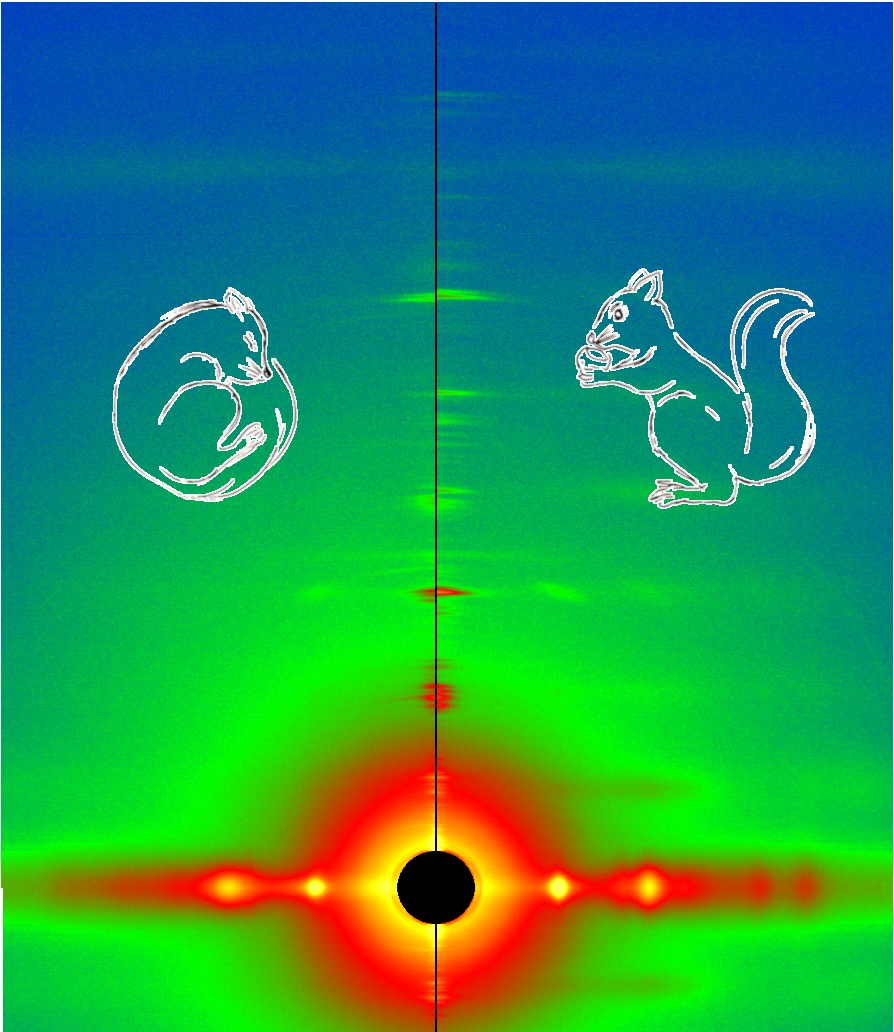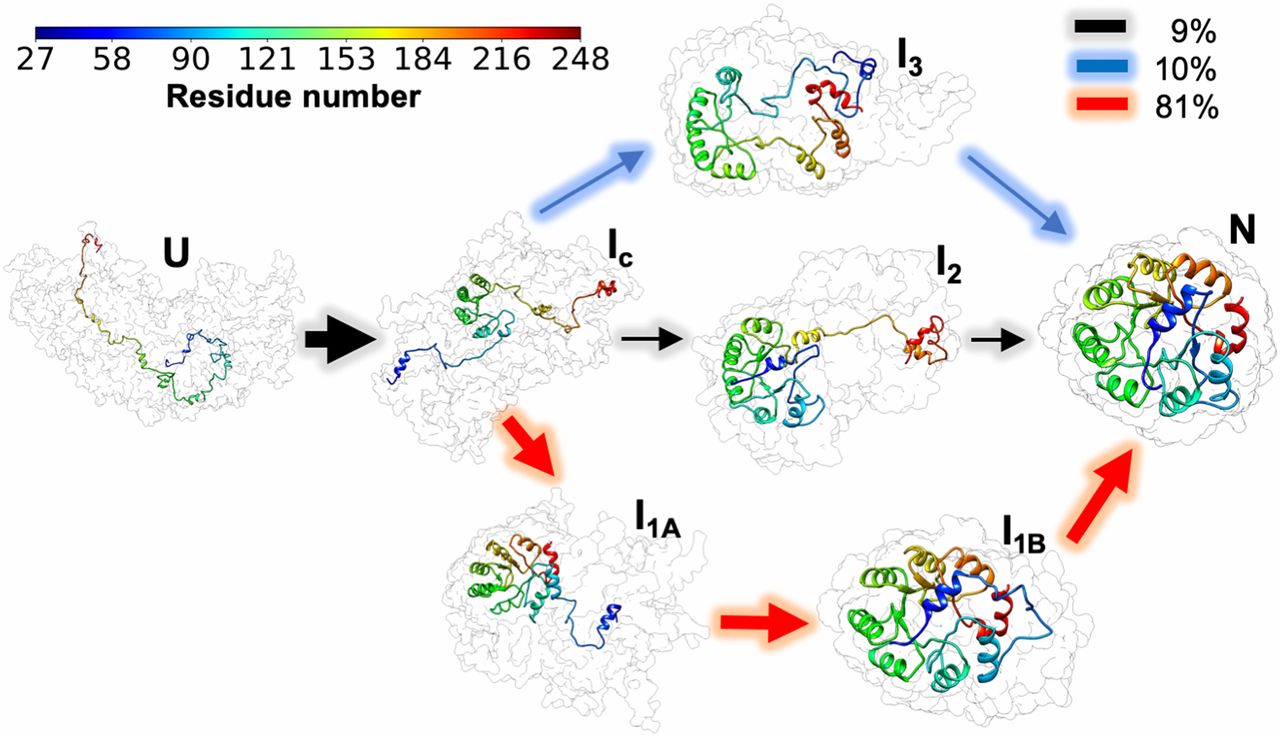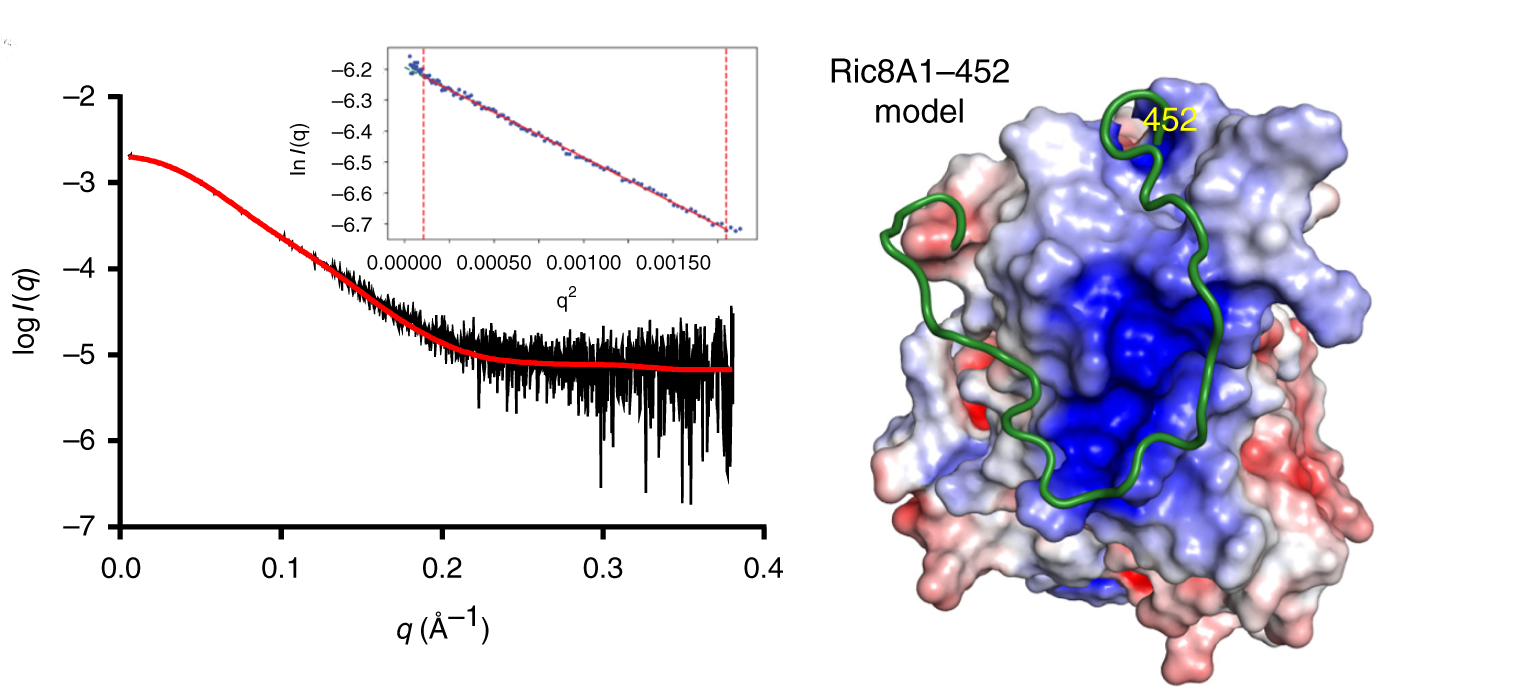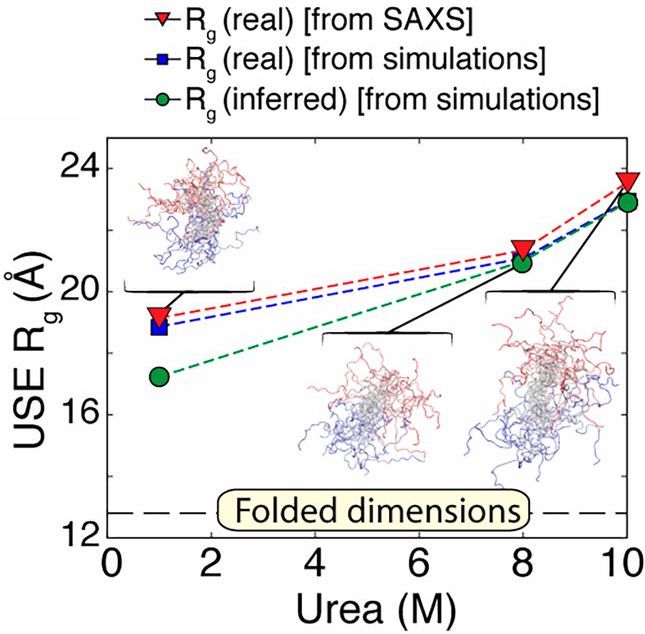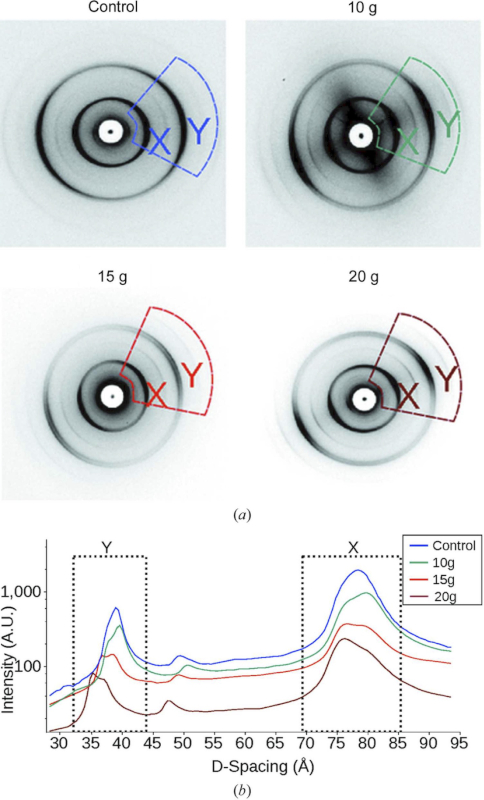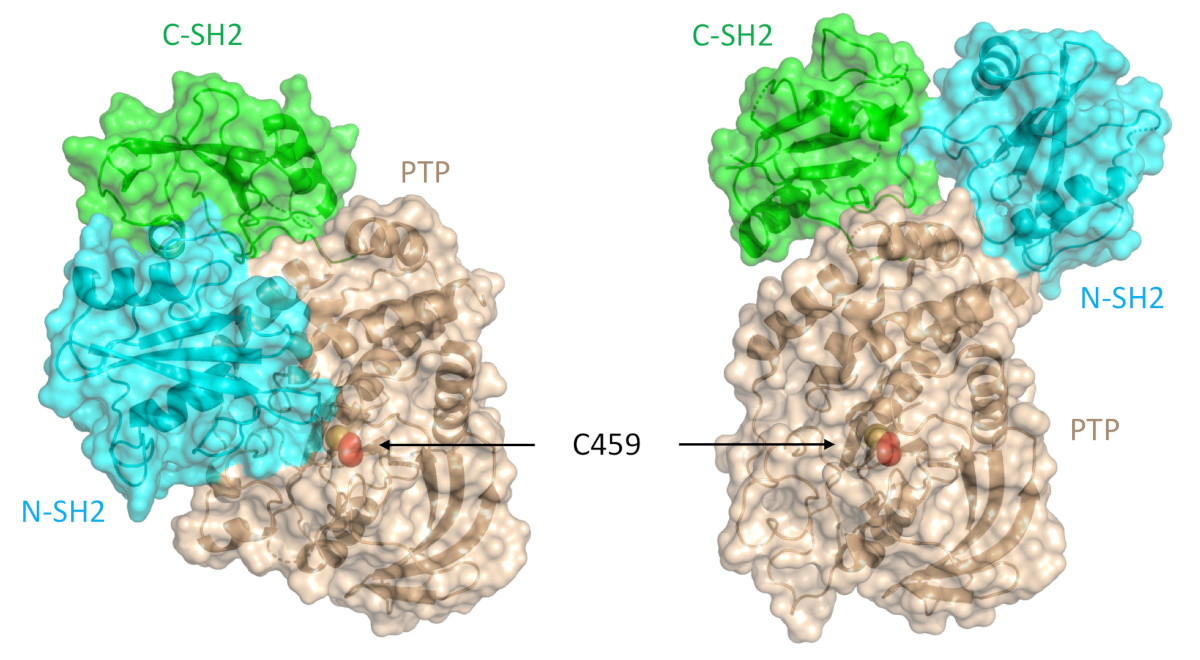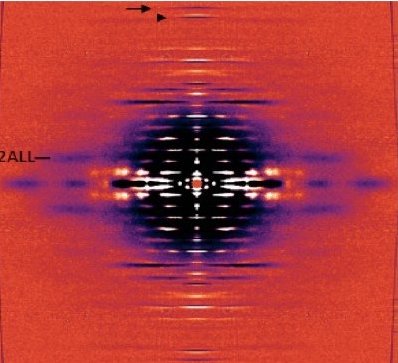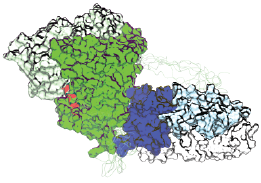Structure-Function Understanding of aGPCR ECRs Critical for Drug-Design

Cellular communication mediated by a variety of cell-surface receptors involves ligand induced conformational changes in the extracellular region (ECR). A variety of drugs such as cetuximab (Epidermal Growth Factor Receptor), etrolizumab (Integrins), and erenumab (calcitonin receptor-like receptor) function by trapping ECRs in specific conformations and have proved to be effective therapeutic agents in several cancers, bowel diseases, and migraine. Leon et al., have addressed a class of relatively understudied G-protein couple receptors (GPCRs) called adhesion-GPCRs (aGPCRs) which have a structurally unique ECR with a diverse set of mechanistic possibilities. Specifically, they study the Gpr126, which is known to be essential for Schwann cell myelination, involved in heart development in the mouse model, and inner ear development in Zebra fish. Determination of the high-resolution structure of the Zebra fish Gpr126 ECR revealed the involvement of a heretofore undefined domain that has splice variants with or without a 23aa stretch in different isotypes (-ss or +ss) and is the primary determinant of whether the ECR is in the open active state or the closed inactive state. Also remarkable was the calcium dependent site at the tip of the ECR which promoted the closed inactive state of Gpr126. The closed conformation observed in …
